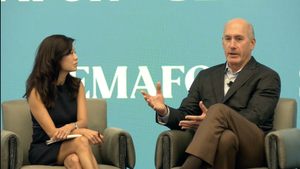Light Reading Podcast logo. 
Cable Technology
Cable modem's 'father' sees his invention reach adulthoodCable modem's 'father' sees his invention reach adulthood
Rouzbeh Yassini-Fard, considered by many as the 'father of the cable modem,' was recently inducted into the Cable Hall of Fame. He joins the podcast to discuss the past, present and future of broadband.
Subscribe and receive the latest news from the industry.
Join 62,000+ members. Yes it's completely free.



.jpg?width=700&auto=webp&quality=80&disable=upscale)





































